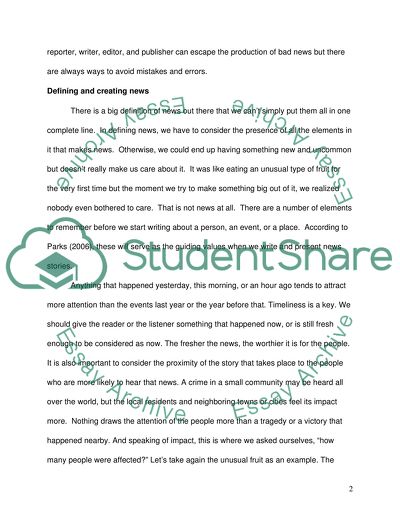Cite this document
(“What is news and which are the influences exercised on the daily news Essay”, n.d.)
What is news and which are the influences exercised on the daily news Essay. Retrieved from https://studentshare.org/miscellaneous/1538292-what-is-news-and-which-are-the-influences-exercised-on-the-daily-news-production-processes-discuss-critically-the-pressures-put-upon-news-gathering-selection
What is news and which are the influences exercised on the daily news Essay. Retrieved from https://studentshare.org/miscellaneous/1538292-what-is-news-and-which-are-the-influences-exercised-on-the-daily-news-production-processes-discuss-critically-the-pressures-put-upon-news-gathering-selection
(What Is News and Which Are the Influences Exercised on the Daily News Essay)
What Is News and Which Are the Influences Exercised on the Daily News Essay. https://studentshare.org/miscellaneous/1538292-what-is-news-and-which-are-the-influences-exercised-on-the-daily-news-production-processes-discuss-critically-the-pressures-put-upon-news-gathering-selection.
What Is News and Which Are the Influences Exercised on the Daily News Essay. https://studentshare.org/miscellaneous/1538292-what-is-news-and-which-are-the-influences-exercised-on-the-daily-news-production-processes-discuss-critically-the-pressures-put-upon-news-gathering-selection.
“What Is News and Which Are the Influences Exercised on the Daily News Essay”, n.d. https://studentshare.org/miscellaneous/1538292-what-is-news-and-which-are-the-influences-exercised-on-the-daily-news-production-processes-discuss-critically-the-pressures-put-upon-news-gathering-selection.


